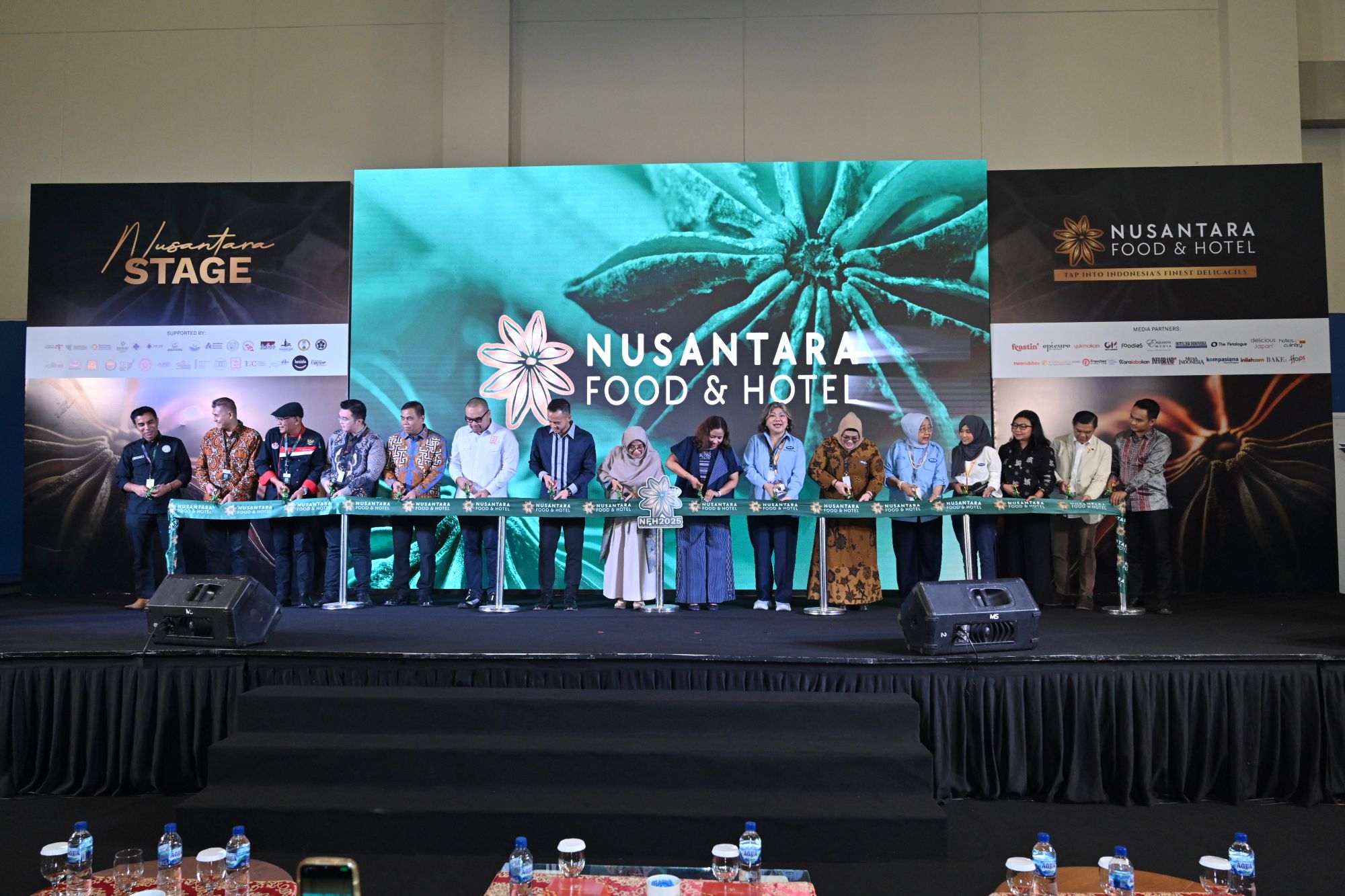Many cultures worldwide find fortune in their foods, and there’s no better time to start dining for luck than at the beginning of the year.
During the Chinese New Year festival, Chinese families from all over the world gather at reunion dinners to celebrate together. Children receive hong bao, or red envelopes, containing money, firecrackers are set off to ward off bad luck, and new clothing, preferably red, is purchased to mark the beginning of the year.
Due to the festival food’s symbolic meaning in Chinese culture, the 15 days of celebration include a lot of eating. The menu consists of foods regarded as lucky or promising good fortune and ingredients whose names in Chinese sound like other joyous words. For example, during the Chinese New Year, tangerines and oranges are freely distributed because their names sound like “luck” and “wealth,” respectively.
We have listed some traditional foods to bring you luck and prosperity in this Year of the water Rabit.
Chinese New Year Food Symbol
Dumplings
Dumpling or Jiao Zi has the same pronunciation as the word that means “bidding farewell to the old and ushering in the new.” Dumplings have two symbolic meanings. The first is its shape; the crescent-shaped is similar to the ancient Chinese currency, Tael, which is thought to usher in wealth and treasures for the coming year. The second explanation is that the dumplings have a stuffing that frequently contains lucky ingredients.
Spring Rolls
Although ingots were considered the standard shape for precious metal, bars and sticks were common in ancient China. Spring rolls, which resemble gold bars, bring wealth and fortune. These deep-fried rolls can be filled with various ingredients, such as pork, bean sprouts, shredded carrots, cabbage, and various other vegetables.
Pecking Duck
In Chinese culture, the duck represents loyalty, and the Peking duck has a long history that can be traced back to the imperial court menu of the Ming Dynasty. By the middle of the 20th century, this dish had become a representation of China. The secret to achieving this texture results from numerous steps, including boiling, hanging the duck to dry, basting, and roasting. The duck is known for its thin, crispy skin and tender meat. This dish, which takes a lot of work to prepare, is frequently served rolled in Mandarin crepes with hoisin sauce or sliced in front of the table so that each serving has more meat than crispy skin.
Fish
“Yu,” the Chinese word for fish, has a similar pronunciation to the Chinese words for abundance and wish. As a result, it’s traditional to serve fish as the last course of the New Year’s dinner to signify a wish for plenty in the coming year. The fish is served whole, with the head and tail still attached, for added symbolism, representing a successful start and conclusion for the upcoming months.
Noodles
Long Life Noodles, also known as Yi Mein or Yi Mian, are a staple of Chinese feasts and a symbol of longevity. They are a part of the Chinese birthday celebration just as much as a birthday cake decorated with lit candles is in other nations. When there is a banquet for a birthday, new baby, wedding, or lunar new year, yi mein, also known as e-fu noodles, are always served.
Whole Chicken
A whole chicken stands for unity and togetherness, especially during family gatherings. Like fish, it should arrive at the table fully intact, ideally with head and all, and be pointed at your most venerable guest. Serving a whole chicken, including the head and feet, denotes completion and reunion. Traditionally, families who worship their ancestors offer them chicken for protection and blessings.
Nian Gao
Nian Gao, also known as sticky (rice) cake or Chinese new year’s cake, is a dish regarded as lucky because it symbolizes prosperity that grows yearly. “Nian Nian Gao Sheng,” a traditional Chinese New Year’s greeting, means “advance toward higher positions and prosperity step by step.” Initially, the sticky rice flour cake served as an offering during religious rituals. Eating Nian Gao on the first day of the New Year is believed to bring good health, wealth, and happiness.









